It’s that time of year and everyone is officially getting into the holiday spirit… including businesses and the marketers who work with them.
The holiday season is an enormous time of opportunity for businesses, regardless of industry. It’s the season of gift-giving, and with those end-of-year bonuses burning holes in pockets, people already have their wallets open and their credit cards halfway out. So why not follow that momentum?
Pay-per-click (PPC) platforms are an excellent way to give yourself an edge at any time of the year, allowing you to show ads to people searching for products like yours with Google Ads and creating demand with platforms like Facebook, Instagram, and Google’s display network.
There are, however, extra considerations to keep in mind during the holiday season, so in this post we’re going to take a look at 6 holiday PPC strategies that you can use to convert more customers and finish out the year strong.
Get My Free PPC Marketing Plan
Why Do My Holiday PPC Strategies Need to Be Different?
It may seem like pay-per-click platforms are relatively stable, but at this time of year, campaigns that adapt for the holiday season are going to be the ones most likely to win over the customer.
You need to take a few things into consideration when creating your PPC campaigns:
- The number of impulse purchases increases, but many aren’t “true” impulse purchases anymore; many customers will at least do a quick search of who is offering the best deal before buying.
- Customers may be making specialized searches, like “Cyber Monday sales” or “stocking stuffer ideas.” These are customers who are making high-intent searches, but you need to frame your product or service in a way that these customers will respond to. This is true for both search ads and display ads.
- More advertisers are flooding the market. This means that costs can (and often do) increase, so your strategies need to be on point in order to stay competitive.
In order to be successful with your holiday PPC campaign, you don’t necessarily need to change your audience or your overall marketing strategy, but there are a few key changes that you should consider.
Learn More:
- How to Use PPC Advertising to Get the Most Out of the Holidays
- 8 Ideas for Compelling Emails to Send During the Holidays
- 5 SEO Tips You Need to Know to Succeed in Your PPC Campaign
- How to Gauge the Success of Your PPC Campaign
6 Holiday PPC Strategies You Need to Use to Convert More Customers
Check out these six holiday PPC strategies that you should consider implementing right now through New Years.
1) Target Holiday Keywords for High Visibility
This strategy applies exclusively to search ad platforms, including Google Ads, Bing Ads, and search placements in both Promoted Pins and YouTube Ads. If you’re using any of these platforms, this is an important strategy.
Holiday shoppers might be using holiday keywords, and if you’ve created campaigns with that in mind, you can end up showing up in some extremely high-intent searches. Someone looking for “stocking stuffer gifts,” for example, is on the hunt to buy small items and they need ideas, and they likely need them quickly.
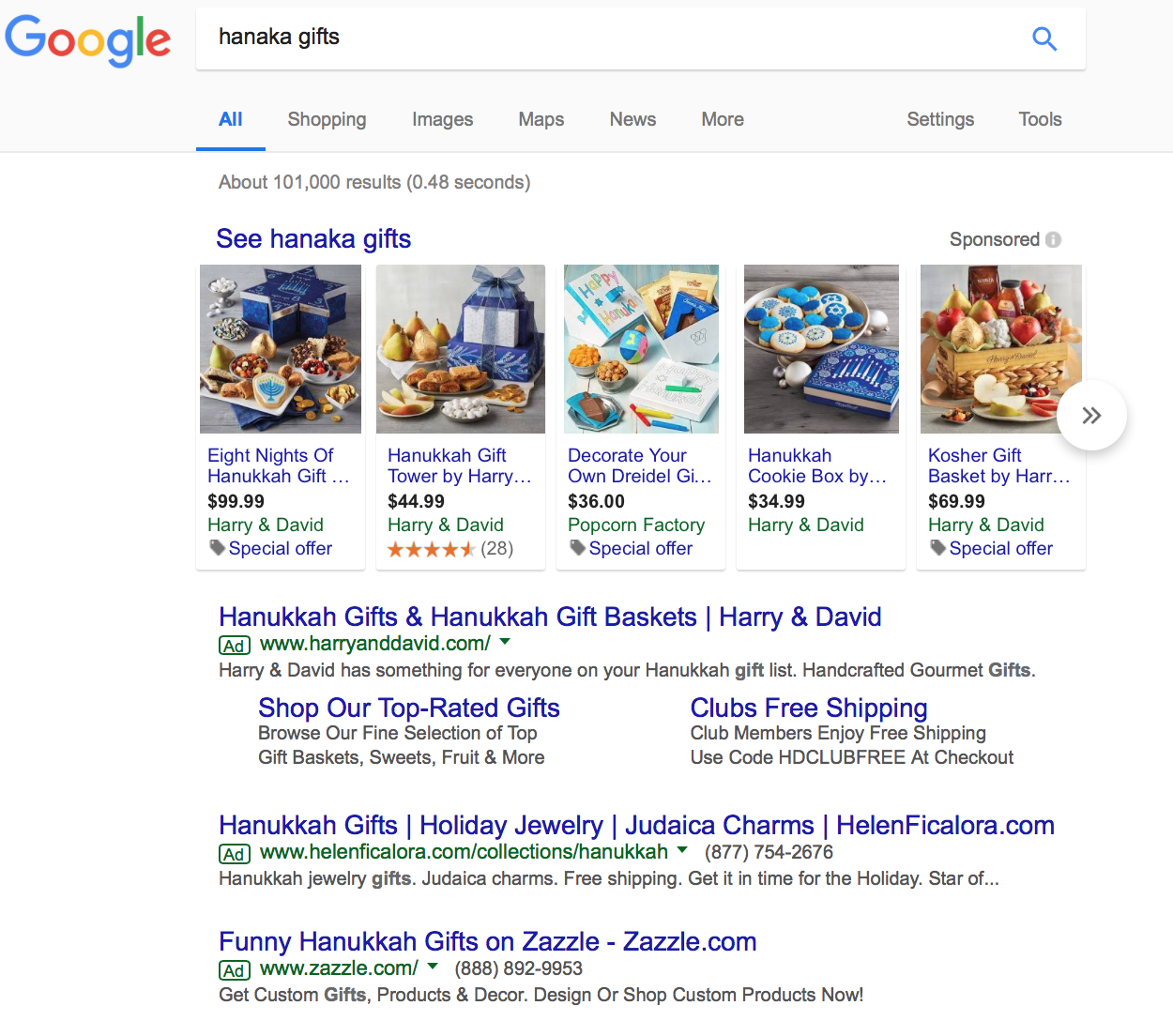
People doing these searches probably know that they want to buy something, but don’t know exactly what. They’re actively looking for either ideas or sales and they want to see what they can find. Use your ads to help these users by showing them a preview of what you can offer.
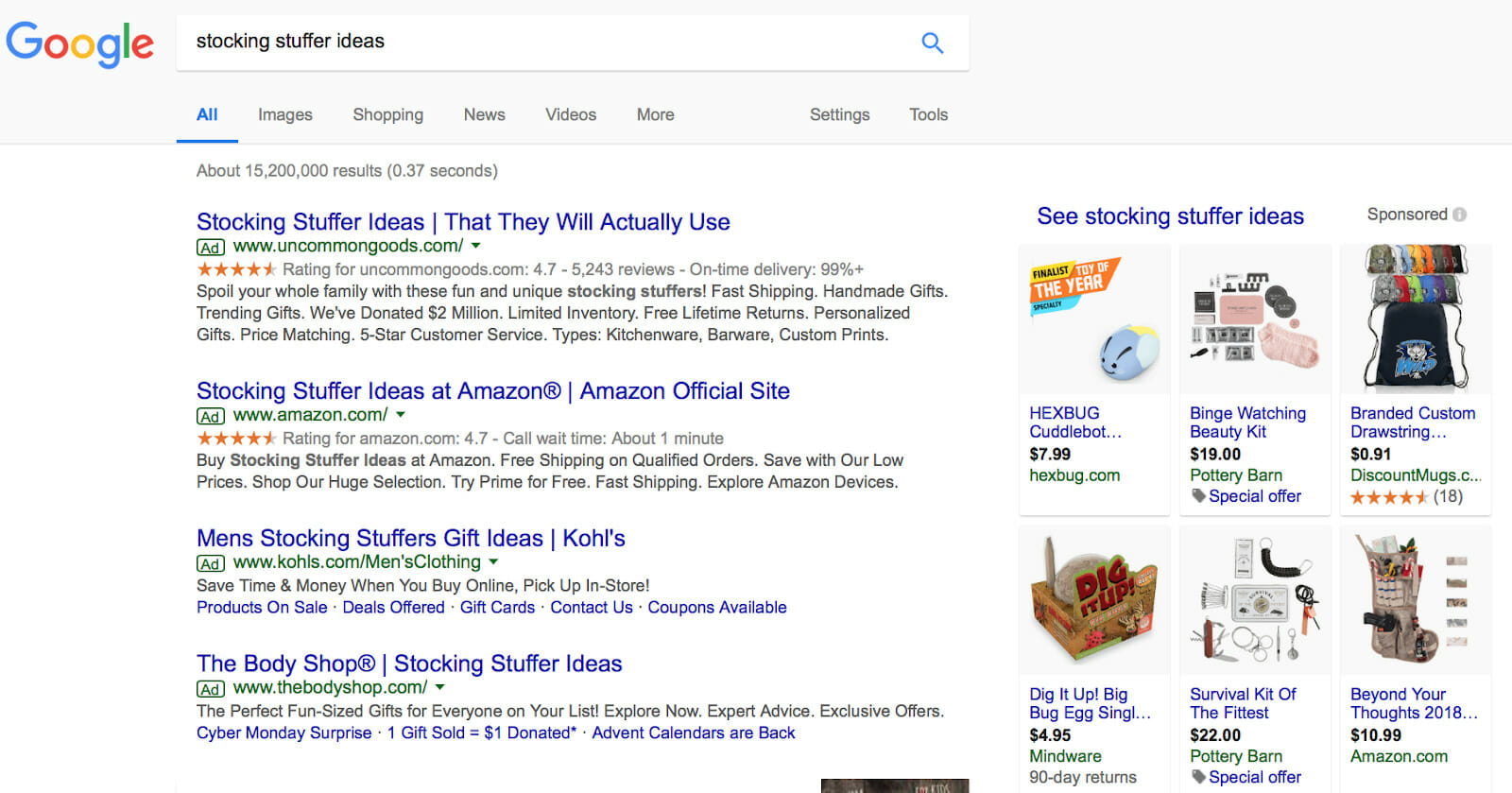
You should also demonstrate value in these searches. In the example above, you see “Stocking Stuffer Ideas that They Will Actually Use” in one ad, and the promise of “expert advice” in another. Many customers want to find something valuable and they want to find it fast and they aren’t quite sure what they’re looking for; if you can nudge them along by offering ideas at this point, you’ll see additional customers purchasing from you quickly.
If you aren’t sure which keywords to target, use keyword research tools like SEMrush’s Keyword Magic Tool or Moz’s Keyword Explorer to get some ideas of what your audience might be looking for.
2) Incorporate Holiday Messaging & Imagery
If you want to appeal to holiday shoppers, you need to adapt the content in your campaigns. Right now, the ads that have holiday messaging will be the ones that grab users’ attention the quickest. It also plants the seed of a holiday gift in the users’ minds, creating an emotional appeal and offering a suggestion for something they may be looking for.
The image below is a good example. The advertiser didn’t even need to change the ad campaign; they simply switched up the text, offering a sale and reminding people that this could be “the perfect custom holiday gift!” It’s subtle, but sometimes a subtle change is all that’s needed.
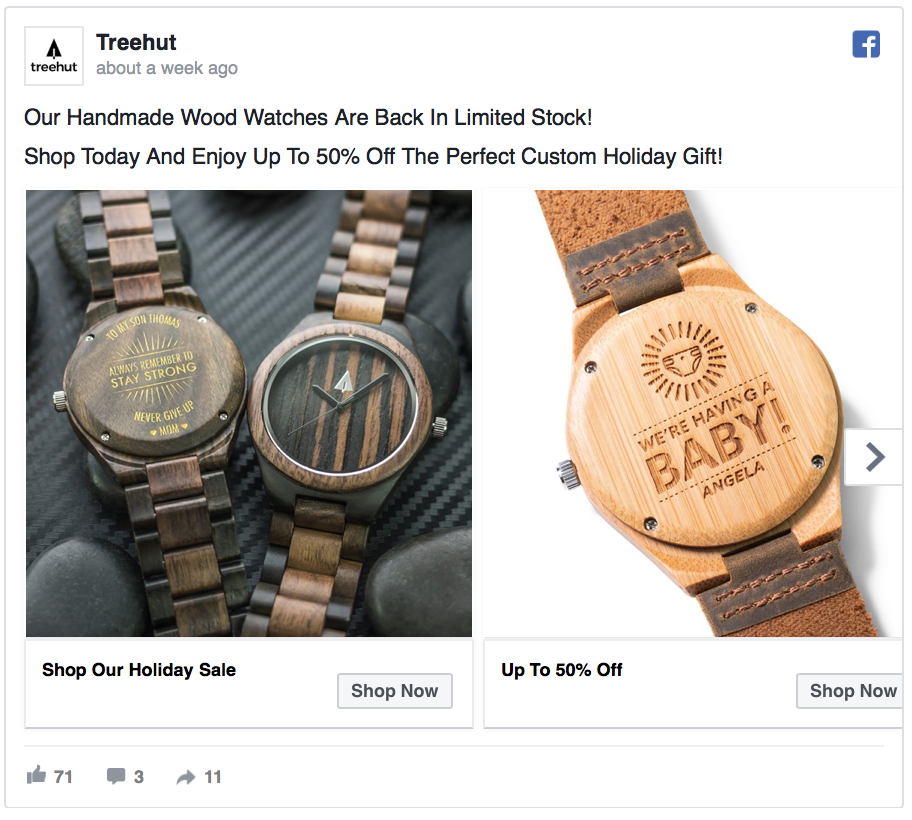
This strategy works well for both search ads and display ads, with the power of suggestion being very persuasive. Sometimes, after all, we might not think of something as a gift for someone (or ourselves!) until it’s suggested to us from an outside source.
Learn More:
- 30 Winning Facebook Ads and Why They’re so Effective
- 15 Innovative Approaches to Improve Your Pay-Per-Click Campaigns
- How Correctly Used Pop-Ups Can Help Increase Leads
- How to Improve Your Amazon Ads to Increase Sales
3) Be Willing to Bid Higher
Most ad platforms work relatively similarly, running on some sort of auction system. The way it works is that advertisers “bid” on having their ad shown to certain audiences, in certain placements or for specific searches. The advertiser who bids the highest will get the placement, all else being equal.
During the holiday season, the already overcrowded marketplace gets flooded with advertisers who are ready to spend big to get those holiday sales. Unfortunately, this also means that ad costs go up because everyone else is willing to spend more. They go up consistently every year starting in October and typically don’t go back down until after the New Year.
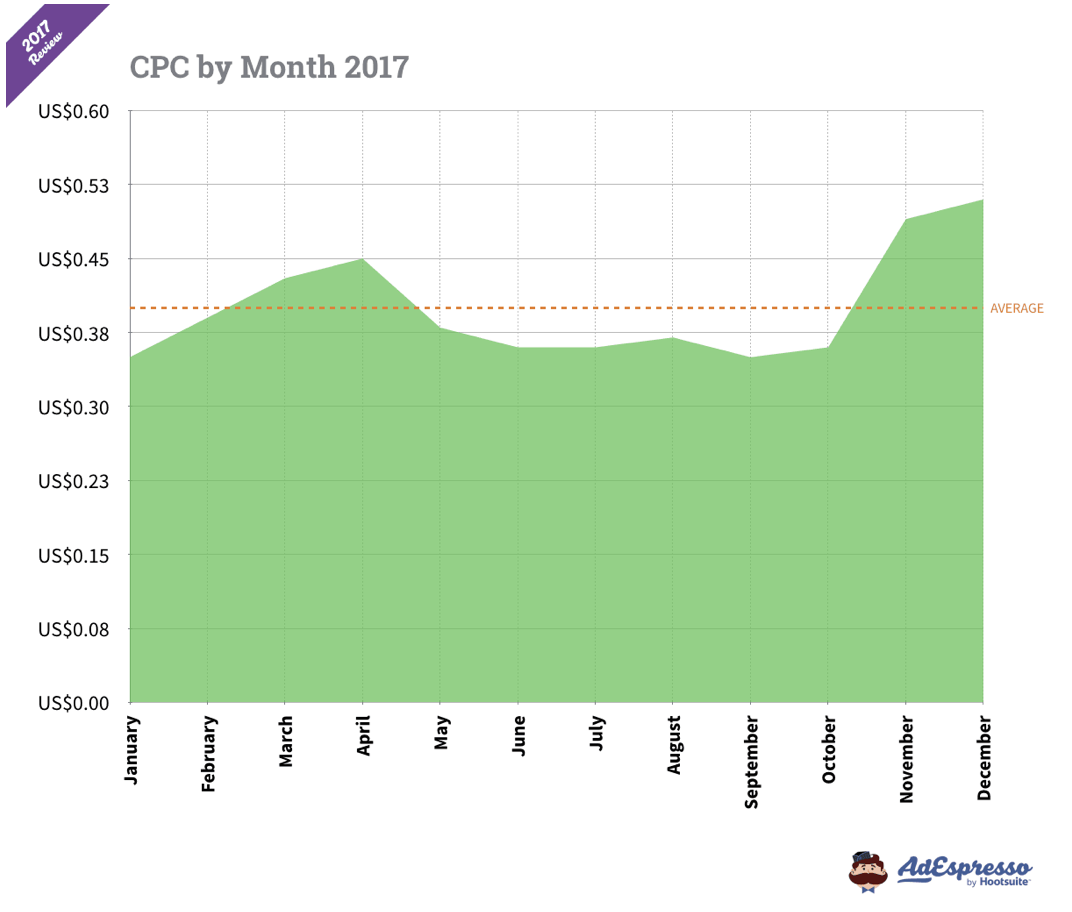
Before you dive right into your holiday campaign, be clear up front what you’re willing to spend. For search ads in particular (but on Facebook and display networks, too), you’ll see the best and most competitive results when you bid as high as you can. Getting that first placement in a high-intent Google search is an enormous edge; consider what that’s worth for you now as well as what it’s worth considering the average lifetime value of a customer.
If there’s a limit to how much you can spend on a single action (clicks, conversions, etc.), you can set bid limits on most platforms. Both Facebook and Google Ads let you set bid caps, which tell the platforms the dollar amount you don’t want to ever go above. You want to be competitive with your bid, but you can also set a limit to ensure that you aren’t spending more than is beneficial to the bottom line.

Get My Free PPC Marketing Plan
4) Utilize Ad Extensions
Google Search Ads and Twitter Ads both give you the option to add extensions to your ad campaigns, which provide users with more information that is relevant to them.
For Twitter Ads, this will take the form of Twitter Cards, which are used to do things like increase traffic to an off-platform site of your choice. Twitter Cards actually yield 43% more engagement than ads with just links, so they’re extremely beneficial to use. Cards can contain websites, images, videos or app information, and they’ll provide additional info below your promoted Tweet.
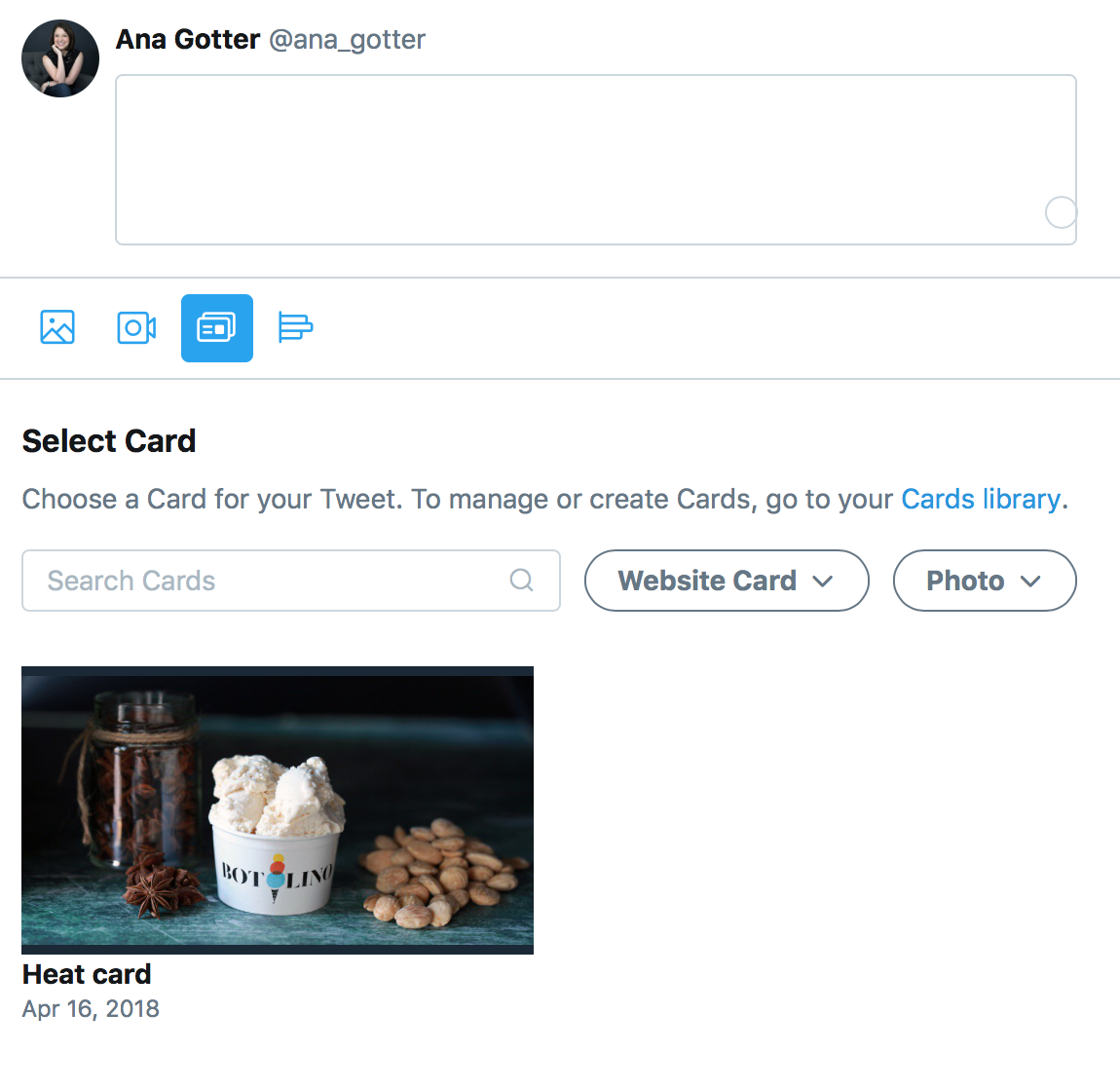
Google Ads has a more extensive selection of extensions that you can choose from. The extensions are dynamic and can do everything from provide extra site links, offer clickable phone numbers for mobile users, and more:
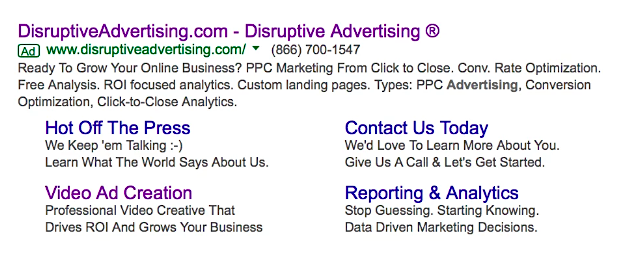
Some of the most beneficial extensions for this time of year include:
- Price extensions – which show the current price of certain products.
- Sitelink extensions – which allow you to add additional links to key pages or products.
- Promotion extensions – to advertise any special holiday offers you’re running (see tip #7).
- Structured snippet extensions – which allow you to showcase additional information that might be relevant to the searcher, like variations of a product, amenities or features.
Learn More:
- Beginner’s Guide to Amazon PPC Ad Campaigns
- The 10 Most Powerful SEO Tactics Right Now
- How to Create Intent-Based Content to Improve Conversions
- 6 Tactics to Show Up in a Facebook Feed without PPC
5) Use Dynamic Ad Features to Automate Your Campaigns
Both Google and Facebook have different dynamic ad features that will help you make your ad campaigns as relevant as possible to each individual user who sees your ad campaigns. Both options are different and pretty technical, so let’s take a close look at each.
Google Dynamic Keyword Insertion
Google Ads has the option of using dynamic keyword insertion. This allows you to create a basic ad template, and switch out certain key phrases with others depending on the user’s search.
For example, if you were having an electronics sale but wanted to really grab users’ attention with relevant ads, you might have your default headline say “Electronics sale for the holidays.”
You could set the word “electronics” to be dynamic and add additional terms like “television,” “PS4,” “Xbox,” and “laptop” as keywords. When a user searches for “PS4 sale,” your dynamic keyword would be triggered and your ad would then read “PS4 sale for the holidays” instead.
Dynamic keyword insertion is actually pretty easy to implement; you just need to use the {} symbols around the text you want to switch out with other, relevant keywords.
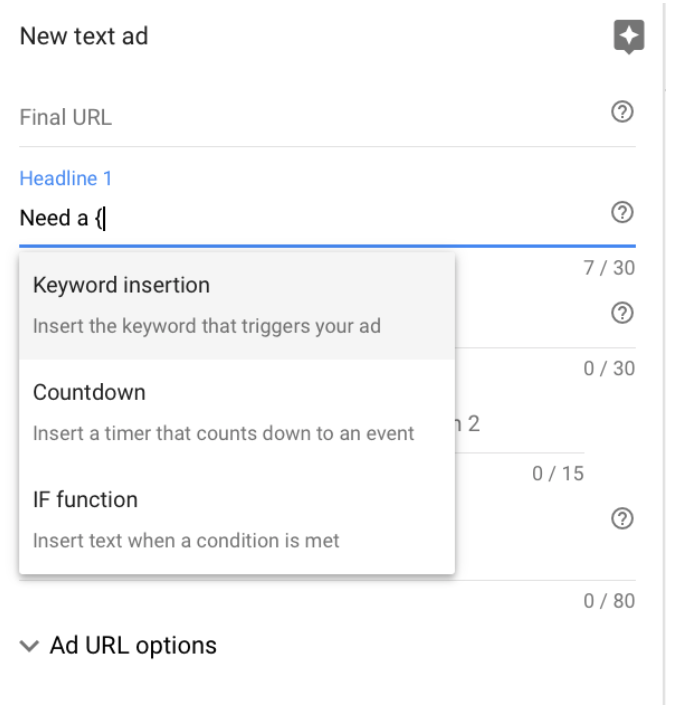
You also need to be careful when creating your campaigns and ensure that all the keywords that you’re targeting will work well in the template that you’ve created. “PS4 sale for the holidays,” for example,” would work, but “electronic devices wifi sale for the holidays” wouldn’t work, even if “electronic devices wifi” would be a keyword you wanted to target.
Every keyword that you’re targeting, after all, can appear in that dynamic template slot. Watch out for any issues with plural/singular tense or capitalization, and make sure to never target a competitor’s keyword.
Facebook Dynamic Ads
Facebook’s version of dynamic ads is a little different. Like Google, there’s a basic template involved, but Facebook’s version focuses more on retargeting in order to increase relevance.
Here’s how it works: you upload a product catalogue that contains important information like product image, price, title and description. Facebook will use this information to generate ads that showcase any item in your product catalogue to relevant viewers.
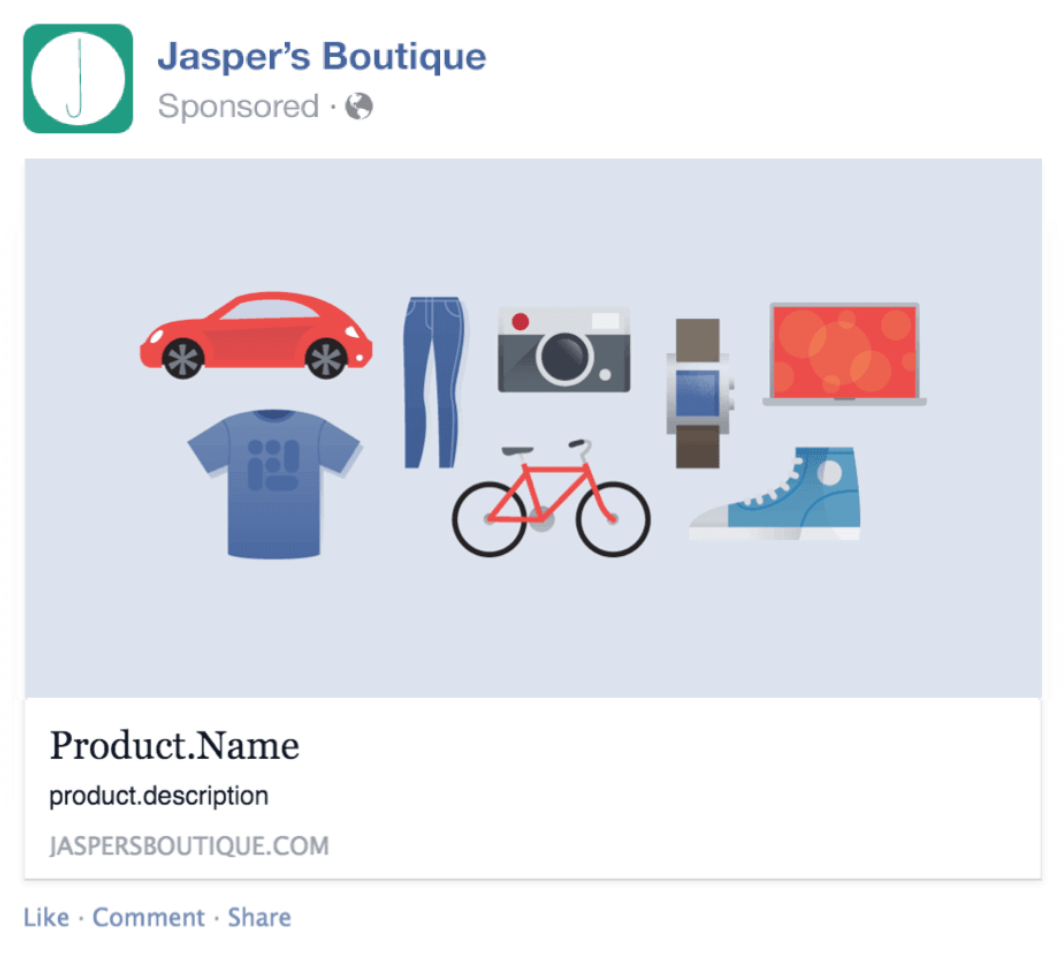
Using dynamic ad campaigns to retarget users and show them items they’ve recently viewed is an excellent strategy this time of year. Everyone has a lot on their plates and showing them items they’ve viewed before could be all it takes to encourage them to purchase again.
As an added bonus, retargeting yields huge benefits in general. A LeadPages study found that two thirds of online buyers noticed ads for products they’d already looked up on other sites, meaning that the ads were good at catching their attention. Another case study from Webrunner ran a retargeting campaign that generated $15 from every $1 spent in ad spend.
6) Run Special Offers
There are deals left and right during the holiday season, so you really need to keep up. A well-timed, well-crafted holiday ad can only go so far on its own, but a special holiday discount or offer is like the cherry on top.
According to Marketo, special deals are a big incentive for impulse buyers, with 88% of impulse buyers purchasing as a result of a great deal:
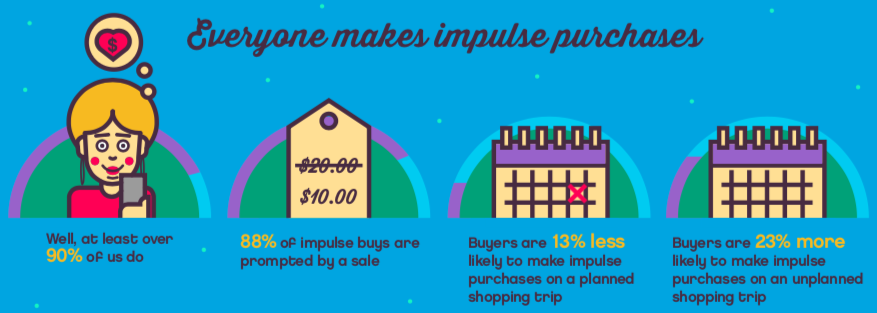
Sales and discounts are also an excellent nudge for well-researched customers who have been wavering back and forth on whether or not to purchase. Everyone loves saving, after all, and it lowers financial risk overall if the gift doesn’t go over well.
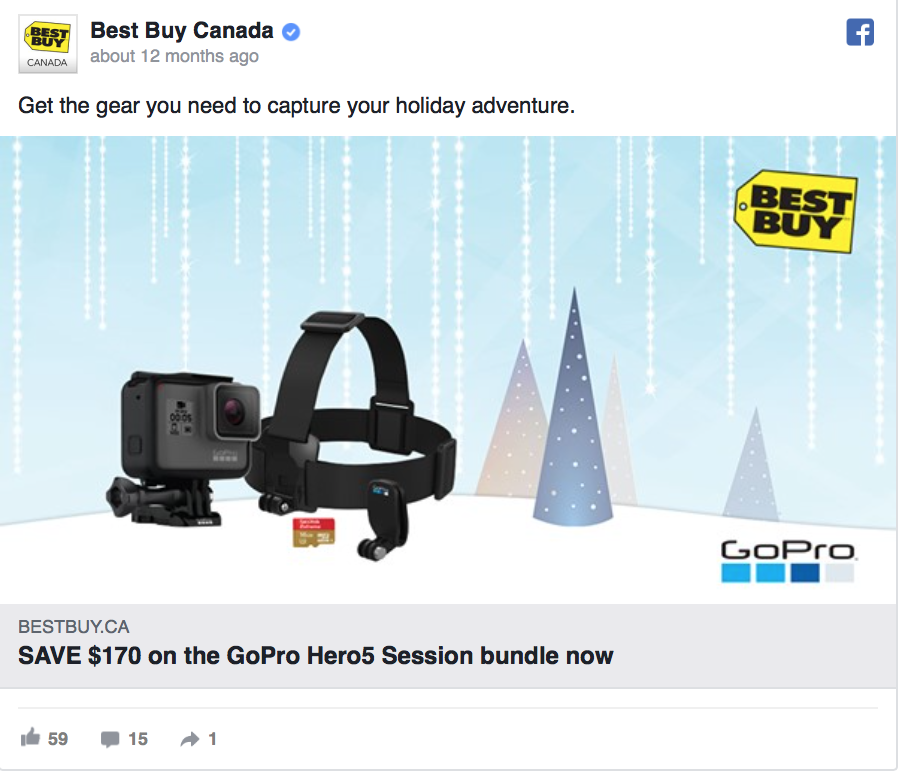
When it comes to holiday offers for your PPC campaigns, get creative! A few strategies to try include:
- Offer flat discounts, like 10% off, which can entice all customers even if they only want something small.
- Run a coupon offering $15 off $100 or more, which encourages customers to increase their order value to meet a certain spending threshold so they can get the discount.
- Provide free shipping, or even free rush shipping for domestic orders, so the gift will be sure to arrive before Christmas.
- Feature special “holiday bundles,” where customers get a discount if they purchase a bundle of items all at once, which will likely increase order value, too. This could be special holiday baskets or just a few complementary products paired up together.
Learn More: 12 Best PPC Strategies to Easily Maximize Your ROAS
Conclusion
There’s so much to gain this time of year, and well-executed PPC campaigns can help you make sure that you see wins instead of losses. The businesses and marketers who adapt to the holiday season will be the ones who likely get the highest number of conversions.
We’ve just begun the holiday shopping, so assess your current campaigns and see if any of these strategies could benefit them. ‘Tis the season, after all!
Do You Need Help with Your PPC Campaign?






